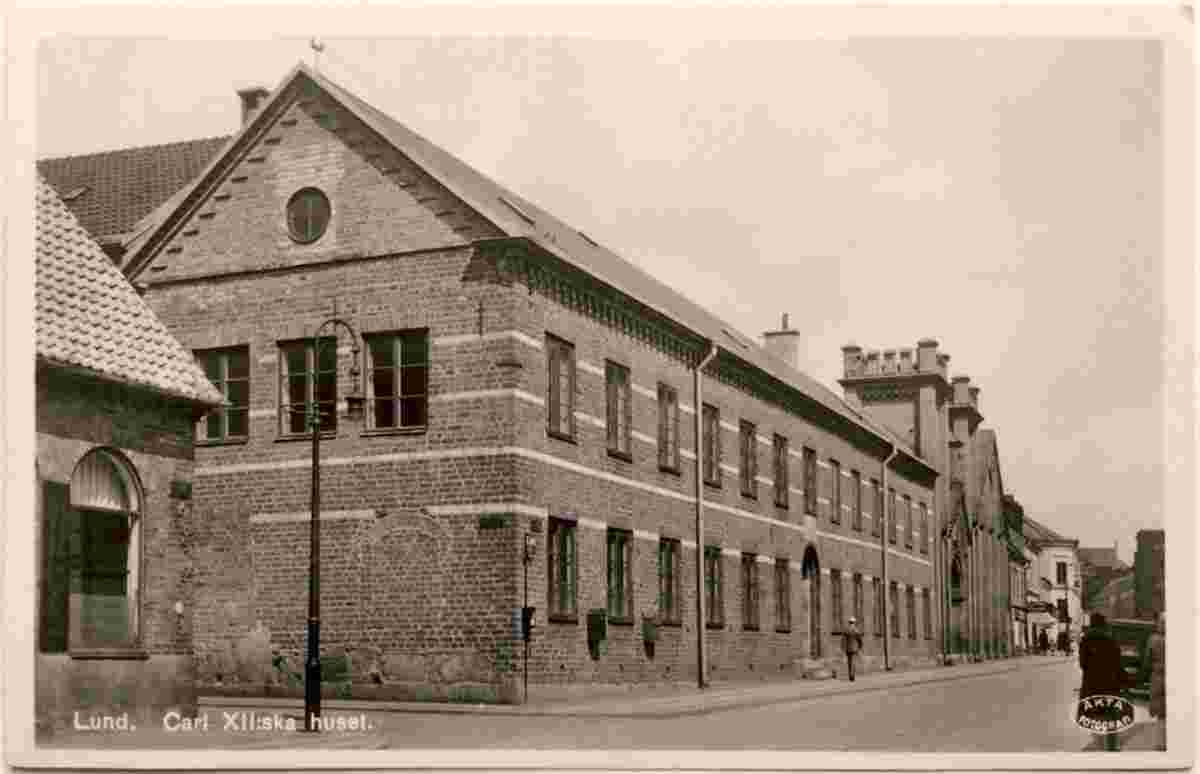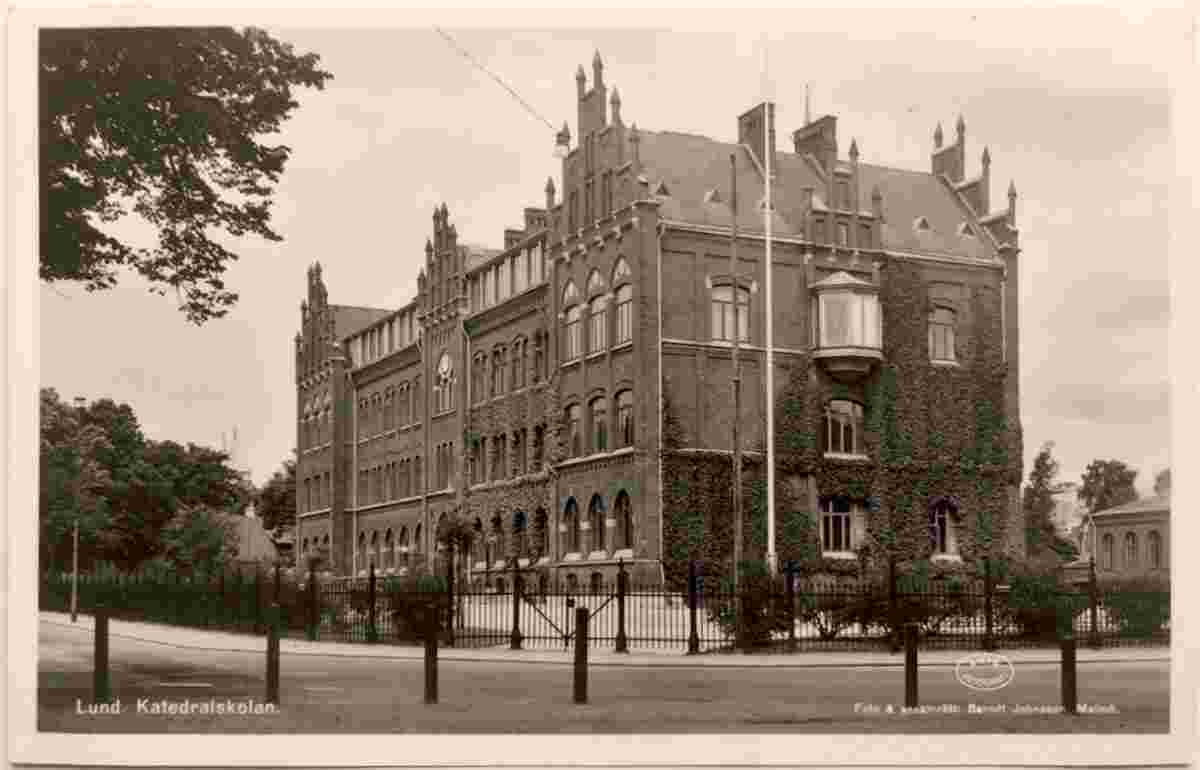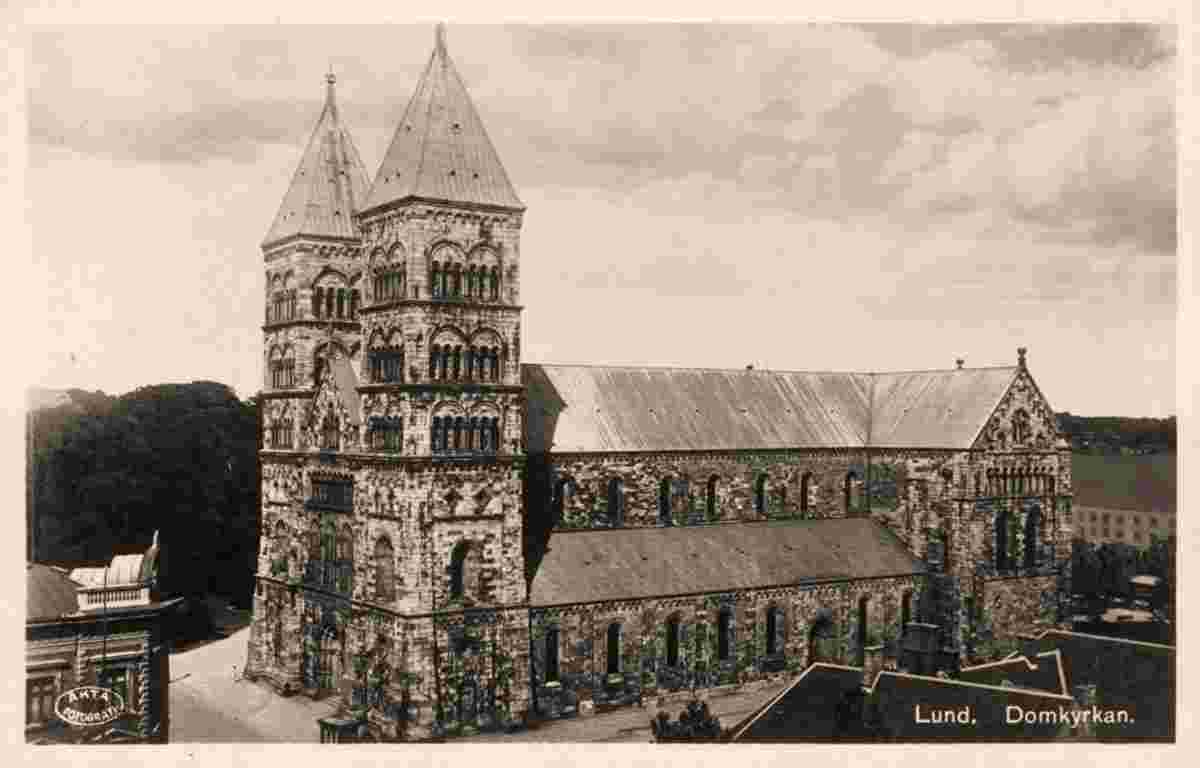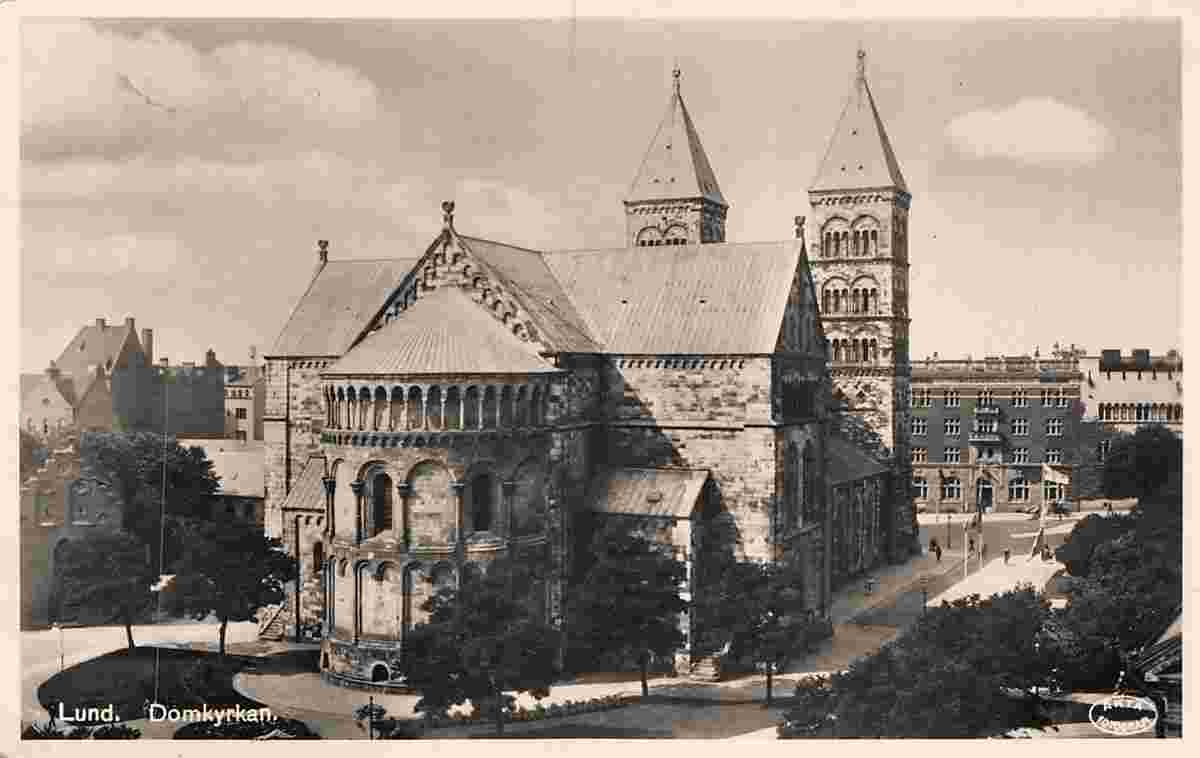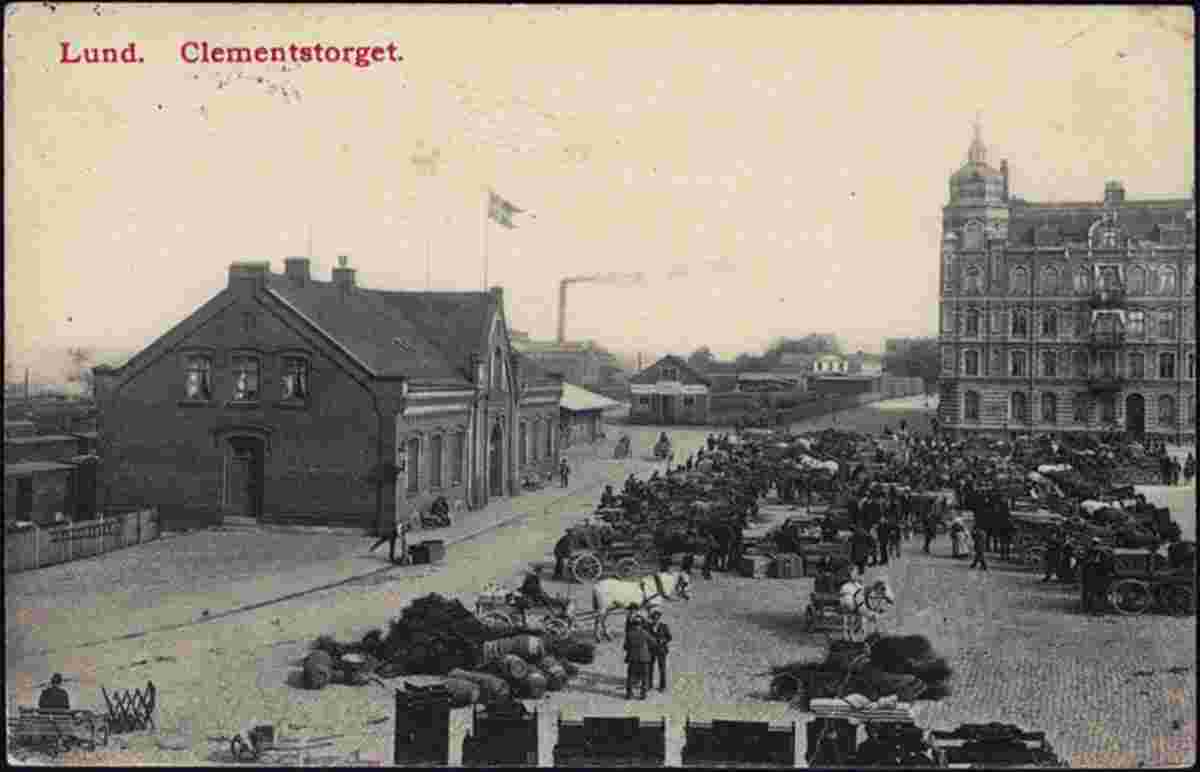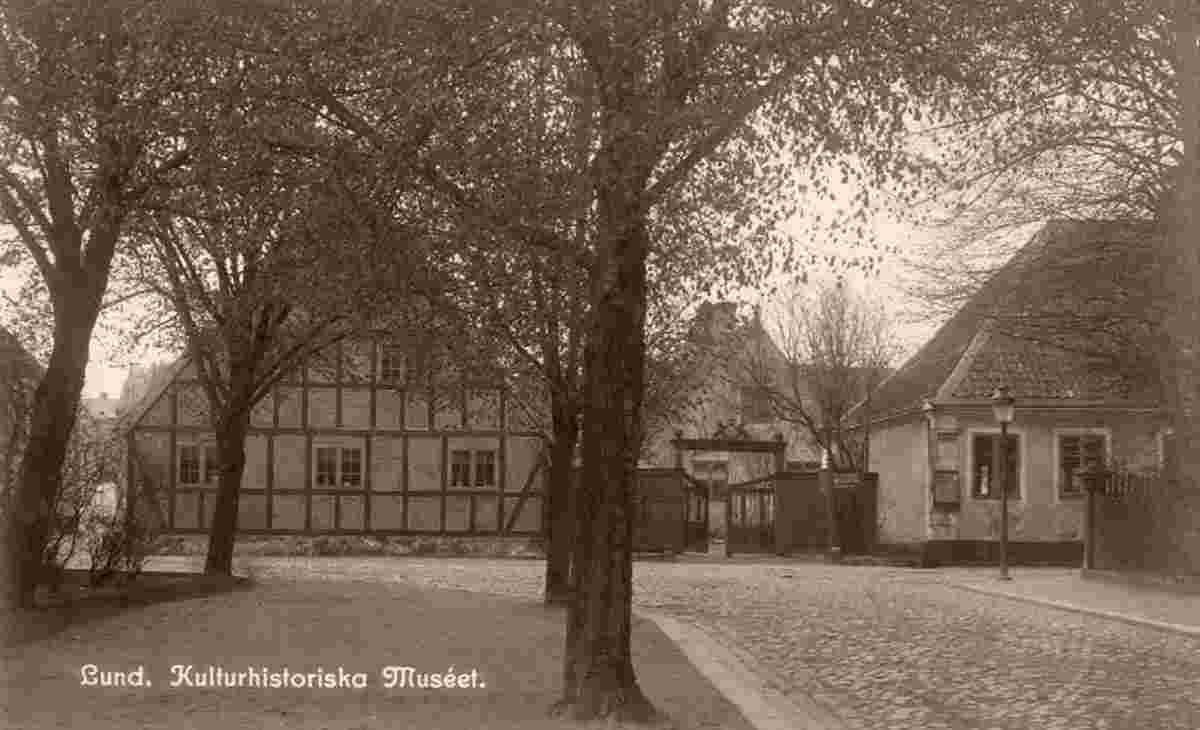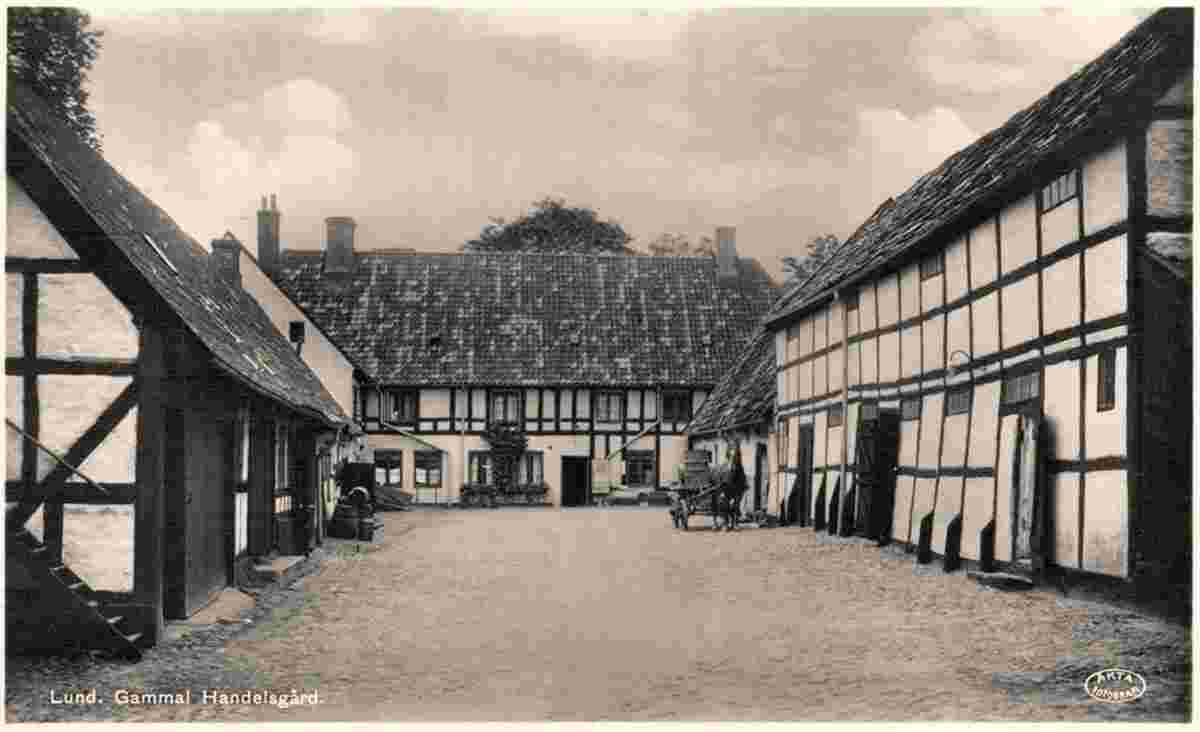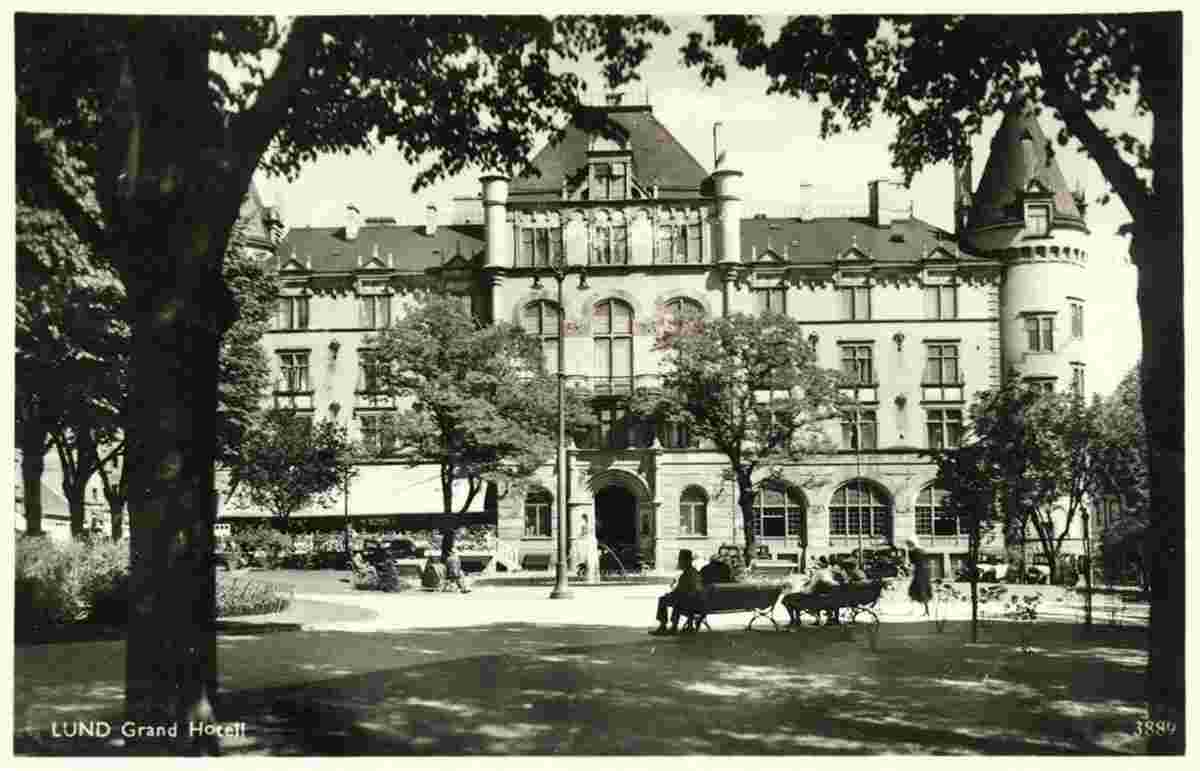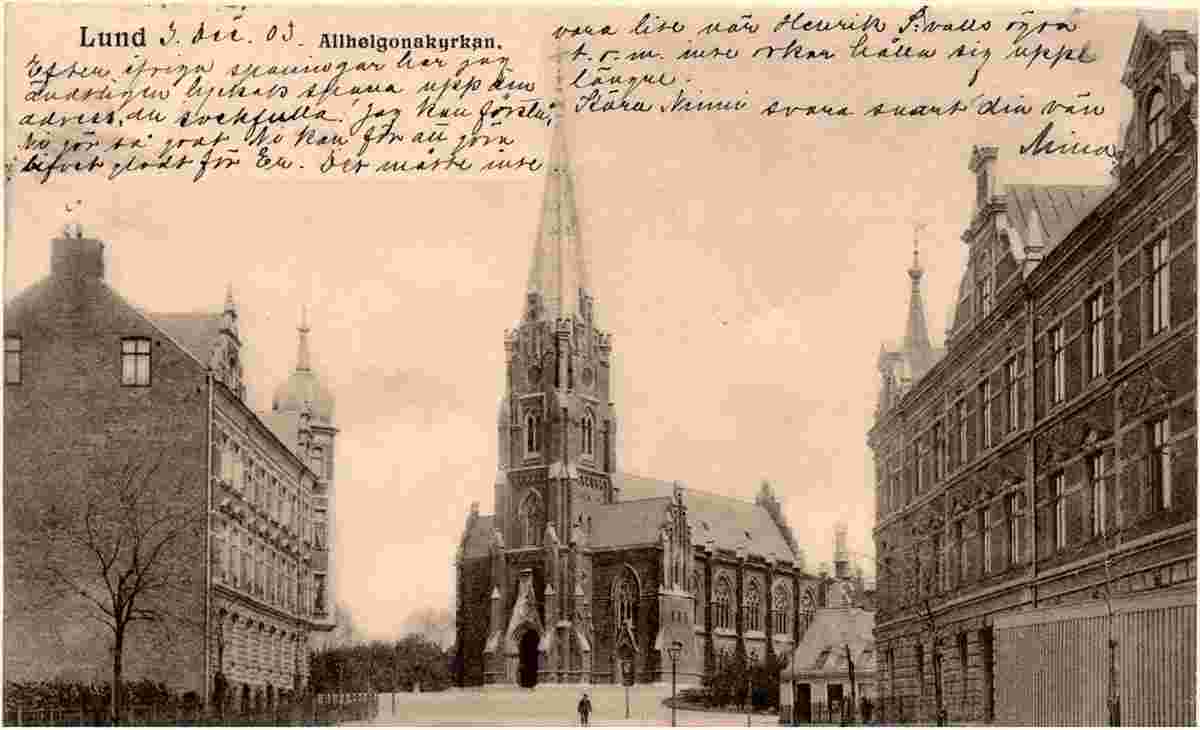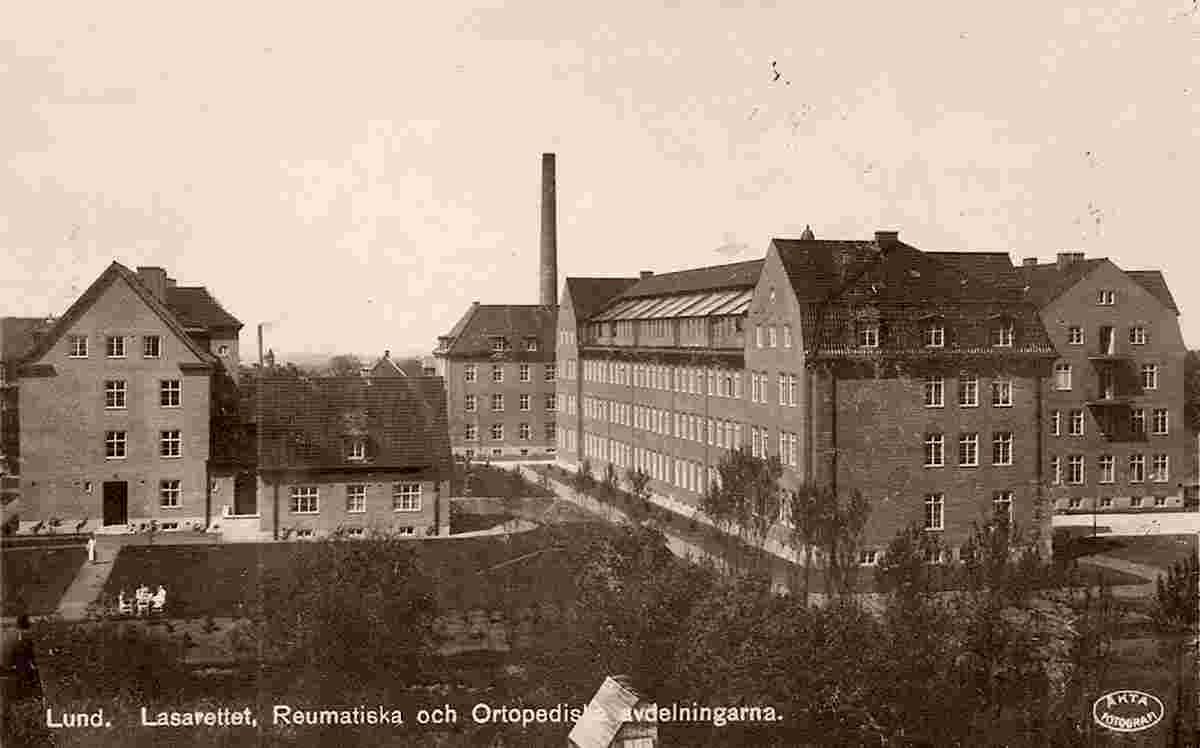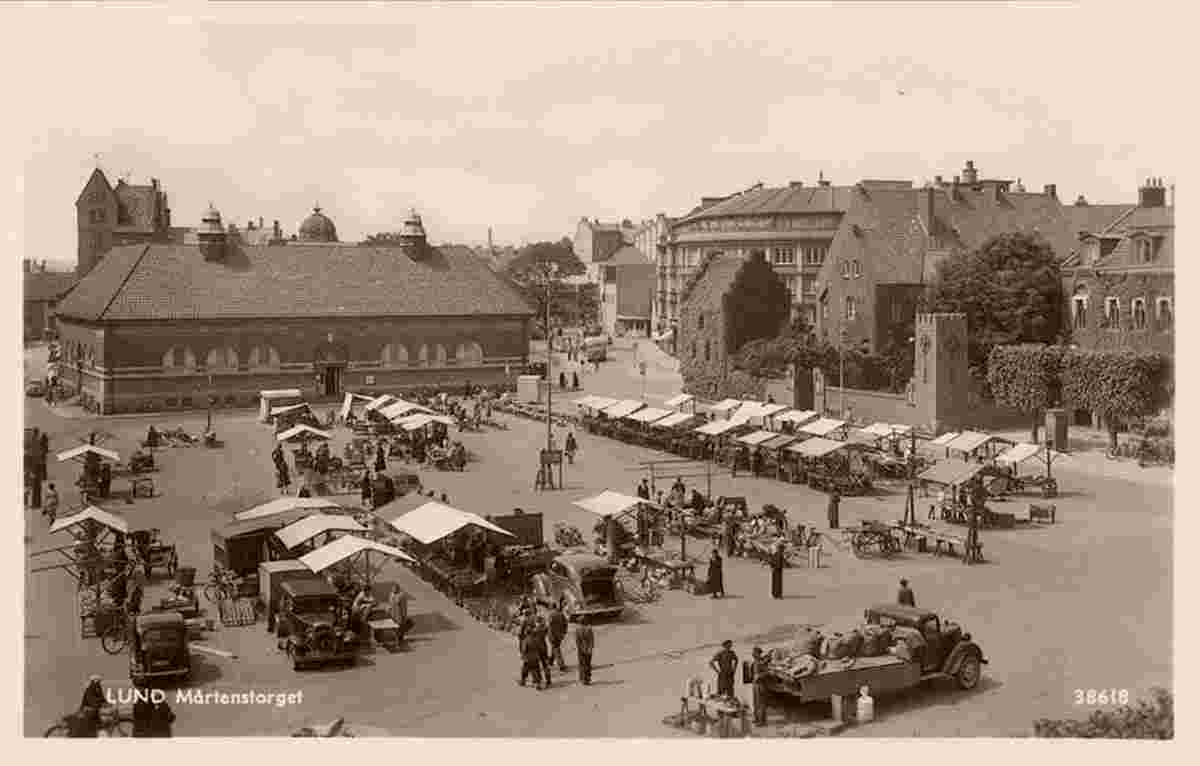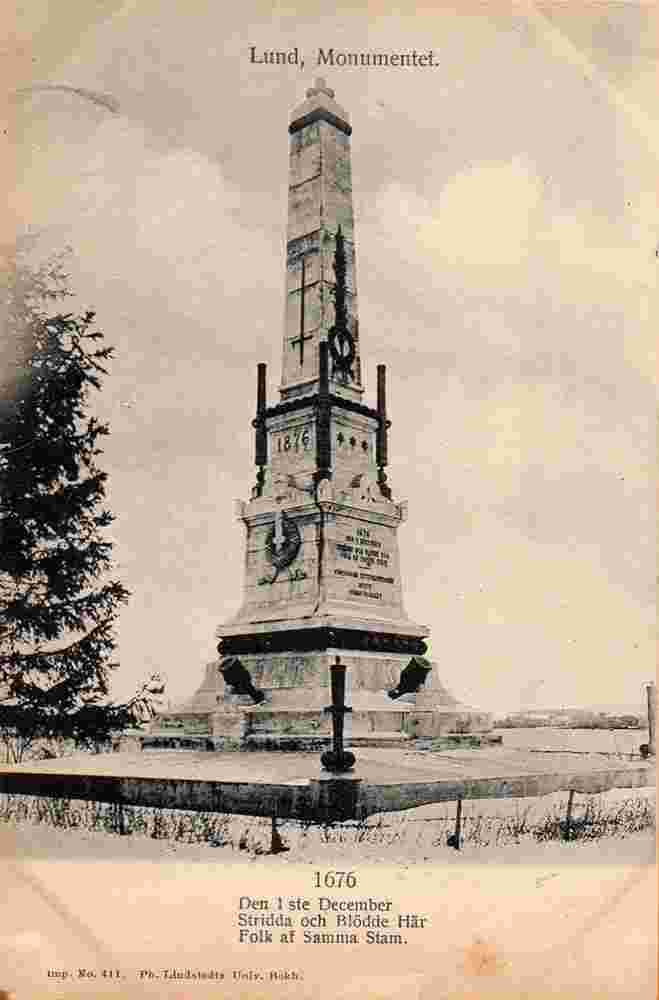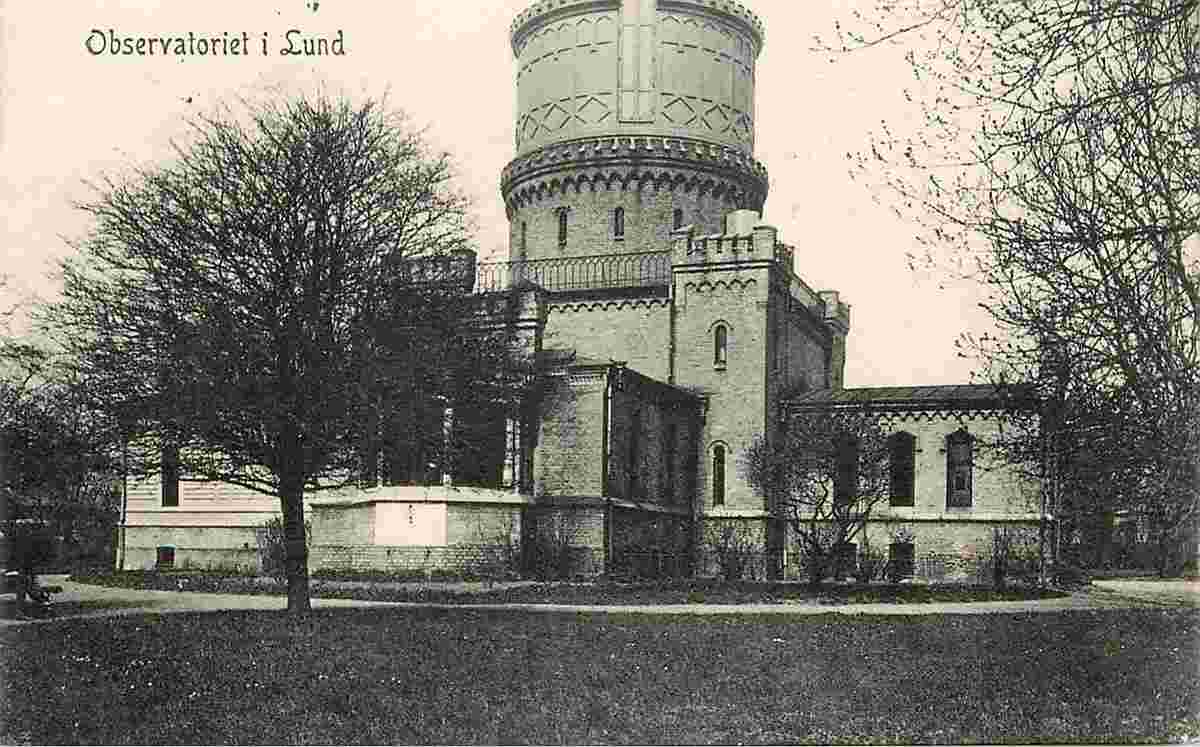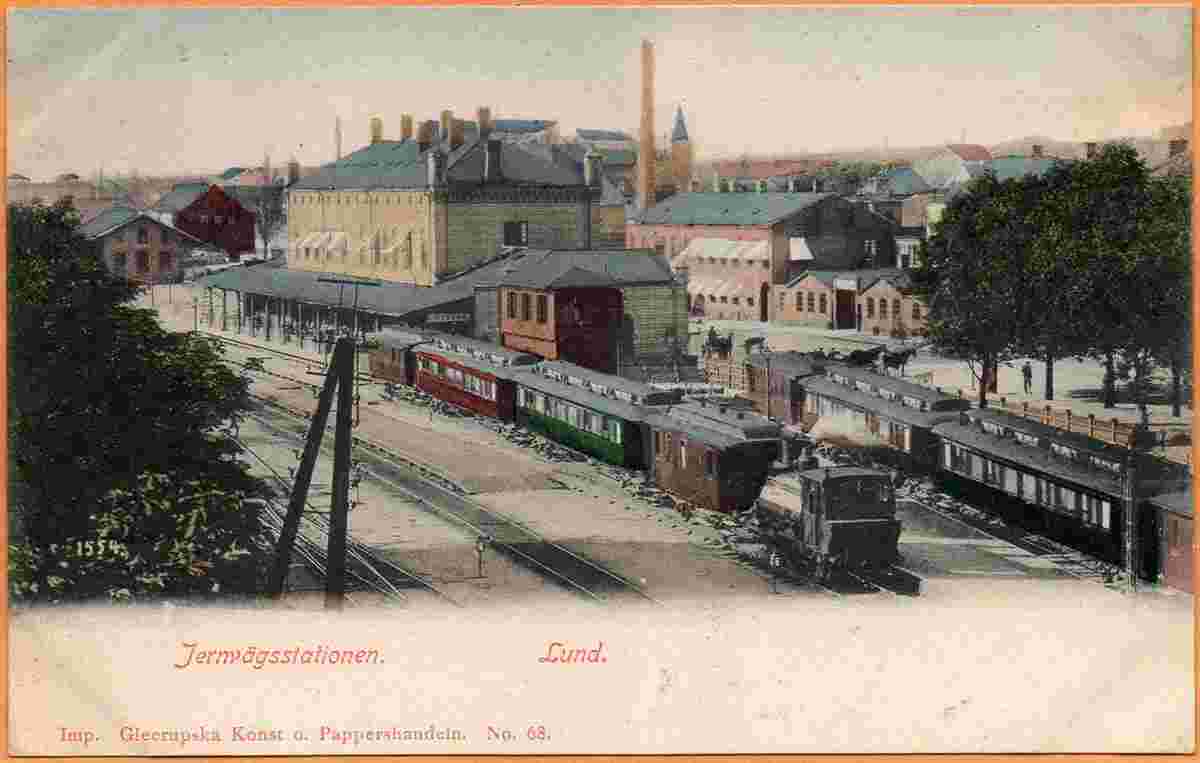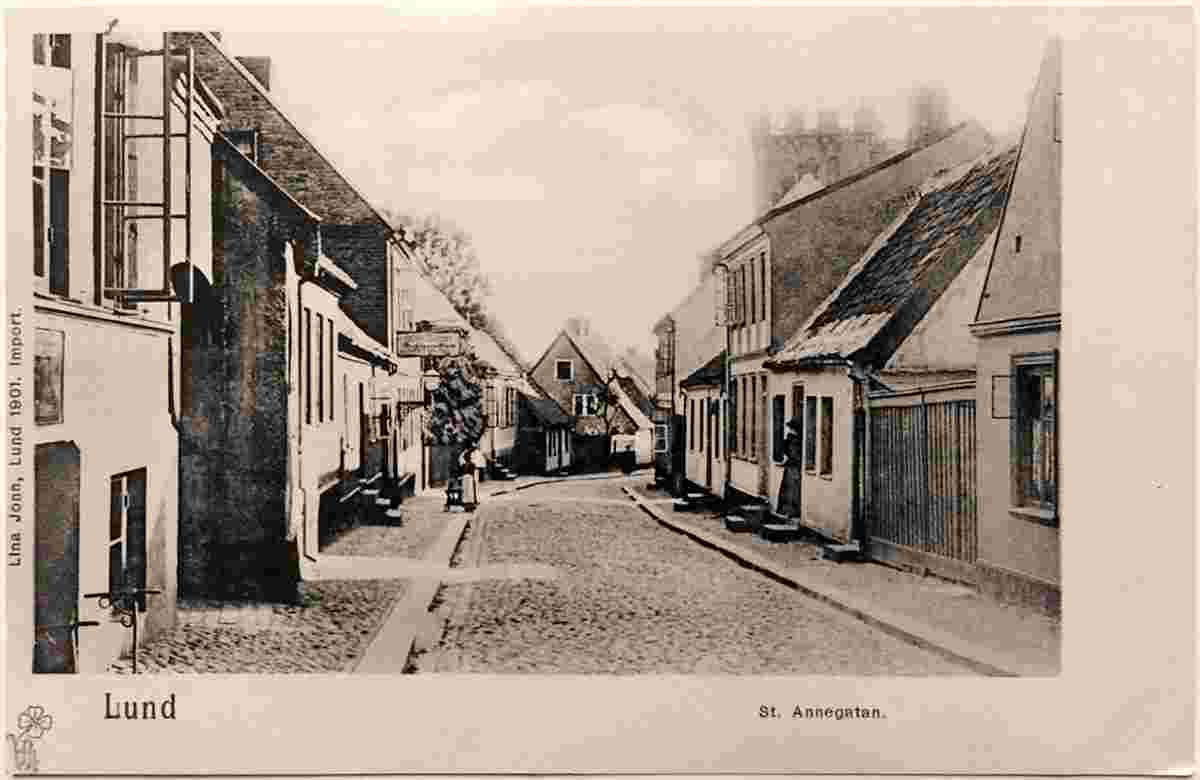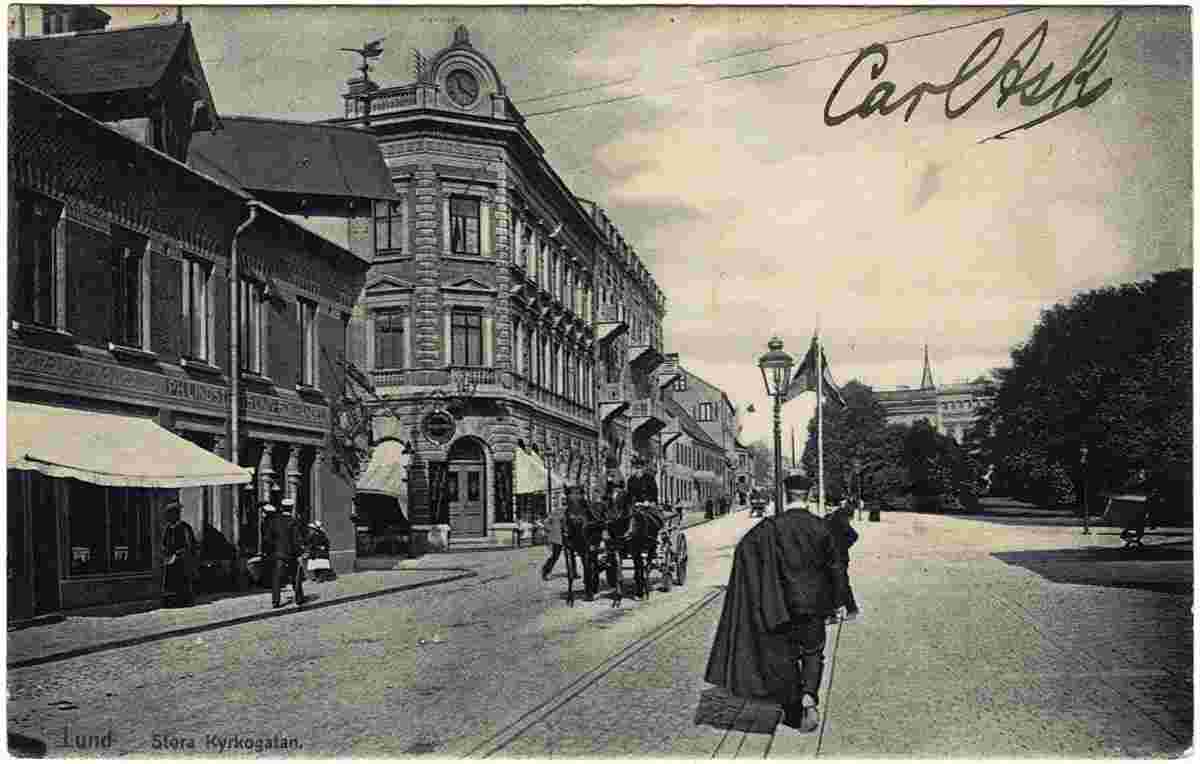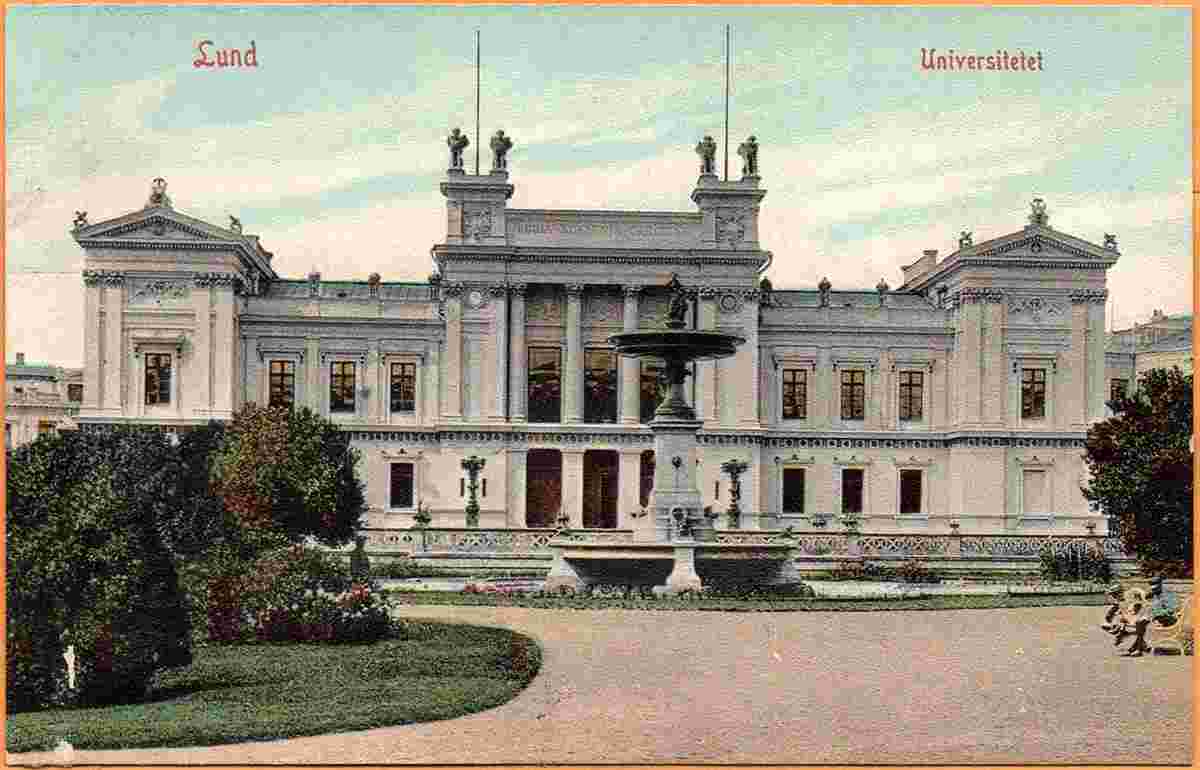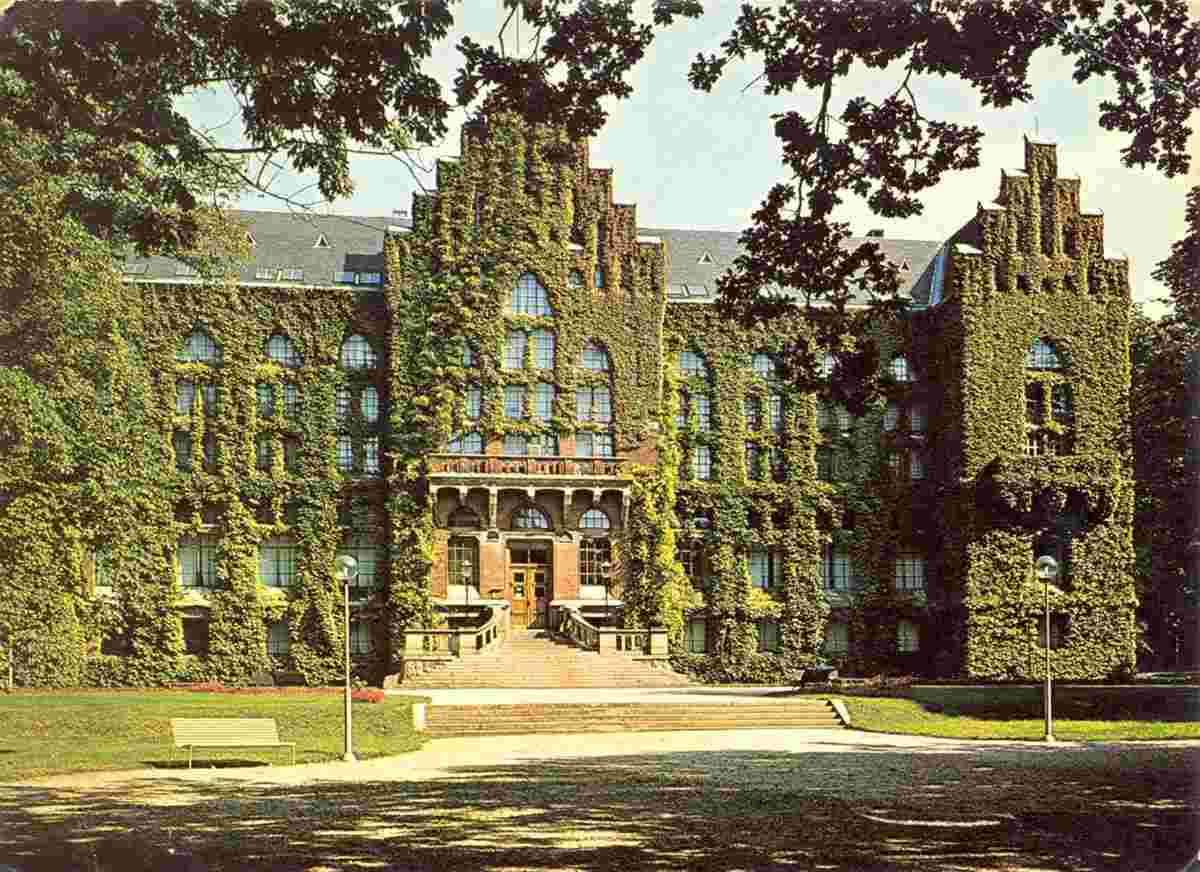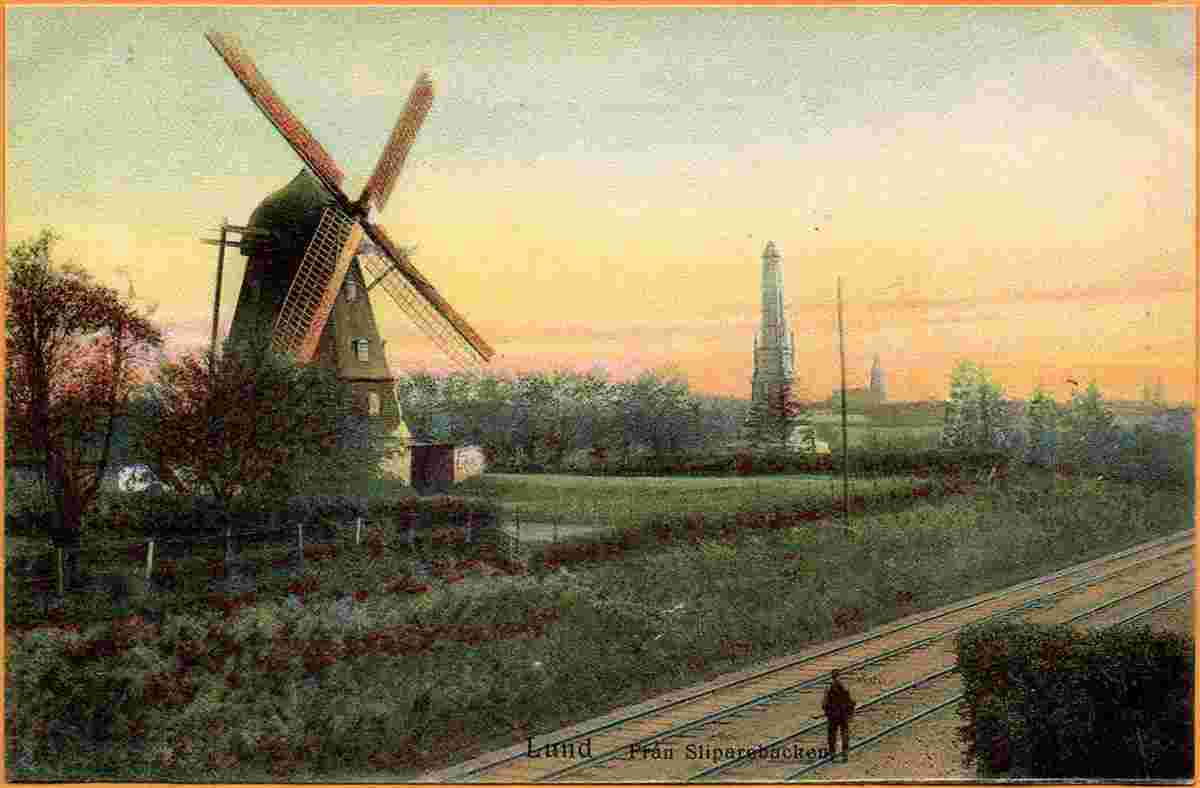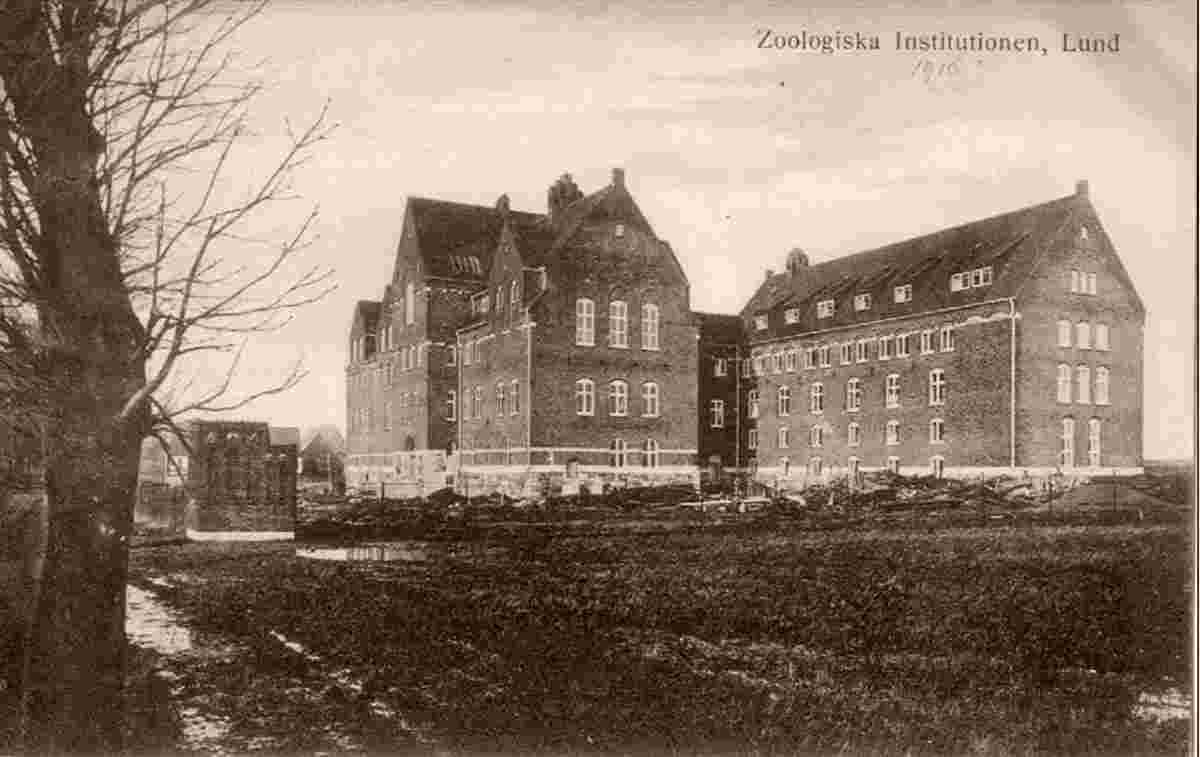Historical and old photos of Lund, Scania
HistoryLund is sometimes mentioned as the oldest town or city in present-day Sweden, although it has only been formally established as such for 300 years of its at least thousand-year history. It is old enough that its origins are unclear, but is presumed to have existed by the end of the Viking Age. Until the 1980s, the town was thought to have been founded around 1020 by either Sweyn I Forkbeard or his son Canute the Great of Denmark. The area was then part of the kingdom of Denmark. But, recent archaeological discoveries suggest that the first settlement dated to circa 990, possibly the relocation of settlers at Uppåkra. The Uppåkra settlement dates back to the first century B.C. and its remains are at the present site of the village of Uppåkra. King Sweyn I Forkbeard moved Lund to its present location, a distance of some five kilometres (3.1 miles). The new location of Lund, on a hill and across a ford, gave the new site considerable defensive advantages in comparison with Uppåkra, situated on the highest point of a large plain. The city was made a see in 1048 and united with Dalby in 1060, and in 1103 became the see of the Metropolitan Archdiocese of Lund, whose ecclesiastical province comprised Scandinavia and even Garðar on Greenland. The diocese of nearby Dalby was absorbed in 1066. Lund Cathedral was similarly founded in or shortly after 1103. In 1152, the Norwegian archdiocese of Nidaros was founded as a separate province of the church, independent of Lund. In 1164 Sweden also acquired an archbishop of its own, although he was nominally subordinate to the archbishop of Lund. It is still, as the diocese of Lund, a diocese in the Church of Sweden. Lund Cathedral School (Katedralskolan) was founded in 1085 by the Danish king Canute the Saint. This is the oldest school in Scandinavia and one of the oldest in Northern Europe. Many prominent people were educated there, among them the actor Max von Sydow and several high-ranking politicians. Lund was ceded to Sweden in 1658 as part of the terms of the Treaty of Roskilde. It was recaptured by Denmark in 1676 during the early phases of the Scanian War. The exceptionally bloody Battle of Lund was fought just north of the city in 1679, and ended in a decisive Swedish victory; Swedish control of Scania was confirmed in the Peace of Lund later that year. Sweden's control over Scania, and hence Lund, was formalised by treaty in 1720. Scandinavia's first University, the Academy of Lund (Studium generale) was founded in 1425. It was suppressed during the Danish Reformation in 1536. The present Lund University was established in 1666. In 1943, during the Second World War, Lund was accidentally bombed by a British aircraft. No deaths were reported, though some people were injured by glass fragments. Over the second half of the 20th century the population of Lund more than doubled, driven in large part by the growth of the university and high tech industries. For example, Tetra Pak, the food packaging and processing company, was founded in Lund in 1952. Suburbs were added to the outer edges of the city: Klostergården, Norra Fäladen and Linero in the 1960s, Norra Nöbbelöv in the 1970s, Gunnesbo in the 1980s and Värpinge in the 1990s. Origin: en.wikipedia.org | ||||||||||||||||||||
 |
Historical and old photos of Lund, Scania
Historiska och gamla bilder från Lund, Scania |
| Main page • Countries of Europa • Cities of Sweden |
| Robinson Rd, CB 13862 Nassau, NP, The Bahamas |


